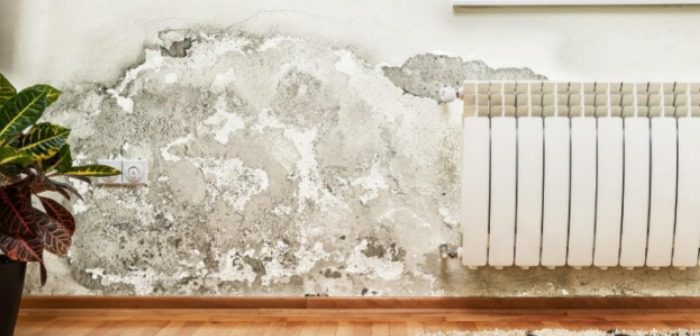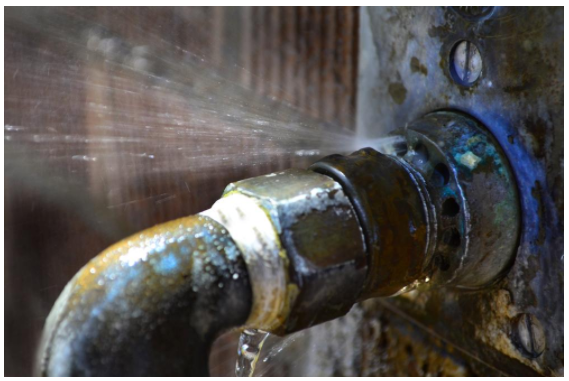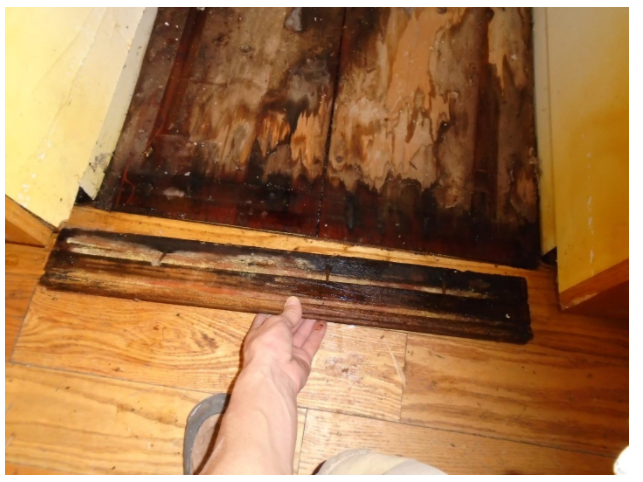You buckle your kids safely in their car seats. You watch them like a hawk when they’re in a swimming pool. Going for a bike ride? Helmets securely on. You’re a vigilant mom, and you can spot danger from a mile away. That’s why you’re so good at protecting your kids. But mold in your home? This silent intruder can cause a variety of health effects, including upper respiratory tract issues, eye irritations, and skin irritations.
It’s worth it to take the time to understand how to detect mold, and how to determine its type (and danger) so you can keep your home and family safe from the negative effects of mold.
Detecting Mold
One of the best ways to detect mold in your home is to always be observant of your home. Because mold can take different shapes, forms, and even colors, your vigilance to the appearance of your home may alert you to something unusual that pops up.
We’re all familiar with the clusters of black spots that indicate mold. But mold can also look like soot or dirt. It can even be white or thread-like. Black, gray-brown, gray-green, and white are common colors of mold, but it can even be orange.
Understanding where mold hangs out will help you know where you should watch for mold.
- Leaky faucets – Don’t ignore water problems in your home, because they can quickly turn into mold problems. If you’ve had a leaky faucet or other water issues, assume you also have a mold issue and begin looking for signs. Some signs of water issues include peeling or bubbling of wallpaper, discoloration of floors and walls, bulging or warped walls, water stains, and damp walls.
- Allergies – Sneezing, itchy eyes, a runny nose, or itchy skin… If anyone in your family tends to experience these symptoms mostly at home, you may have a mold issue. Young children and the elderly are especially susceptible to these reactions.
- Odor – The pungent, musty odor mold gives off is a good indication that you have mold. Don’t dismiss the smell. Take the time to investigate.
- Humidity – Condensation on your windows, rust on your nails or pipes, or a feeling of humidity… these signs of moisture in your home could indicate the presence of mold.
Dangerous Molds
Not to make you squeamish, but mold spores are actually everywhere. The spores don’t become active, however, unless they meet moisture or food. More than 100,000 mold species can be found both indoors and outdoors. But of those 100,000, about 50 are considered toxic.
Toxic, however, is a misleading term. Some forms of mold are “toxigenic,” which means that, under certain conditions, they can produce small molecular toxins that may cause serious health problems. You’ve heard of black mold (also called Stachybotrys chartarum, or S. chartarum). This mold is commonly found in flooded buildings and is actually quite rare. Another toxigenic mold is Aspergillus. This is a more common mold.
Both S. chartarum and Aspergillus can cause serious health problems, which is why it’s important to take care of mold problems as soon as you discover them.
When to Call an Expert
When can you handle mold on your own? And when should you call in an expert? Small areas of the mold may be attacked with a mixture of 1 cup of bleach and 1 gallon of water, but even with this method, you may not completely eliminate the mold in your home. Mold can grow on surfaces, and sometimes a small, visible patch is actually only one small part of a bigger problem. So when should you call an expert?
- When you can smell a musty odor, but you can’t see any mold
- When you see mold and need to know how big of a problem you’re dealing with
- When someone in your family has persistent symptoms (respiratory issues, skin irritations, etc.)
- When you can’t find the source of water that’s causing the mold
- When you’re buying, selling, or remodeling a home
How Can You Prevent Mold?
A little diligence and vigilance can keep mold from becoming a big problem in your home. Keep your home’s humidity level between 30% and 60% (A humidity monitor can help with this). Fix water leaks immediately. Fully dry any water from water leaks within 48 hours. Use exhaust fans when showering or cooking. And whenever you’re concerned, call professionals who can detect mold, eliminate it, and find the water source to prevent mold from growing back.
About
Deborah Lamberton is the general manager for New Life Restoration, a 24/7 disaster cleanup company that offers fire & smoke, water & storm damage, mold remediation and more.







This is so important! I shared on Facebook, Tumbler & Pinterest. Good review! Now I hope others read it too!
Thanks a ton! This is definitely an amazing site
Mildew can reason fitness troubles that range from itching eyes, sneezing and coughing to extreme allergies, asthma attacks or even permanent lung harm. And what many people do no longer realize is that mildew can be growing of their houses right now.